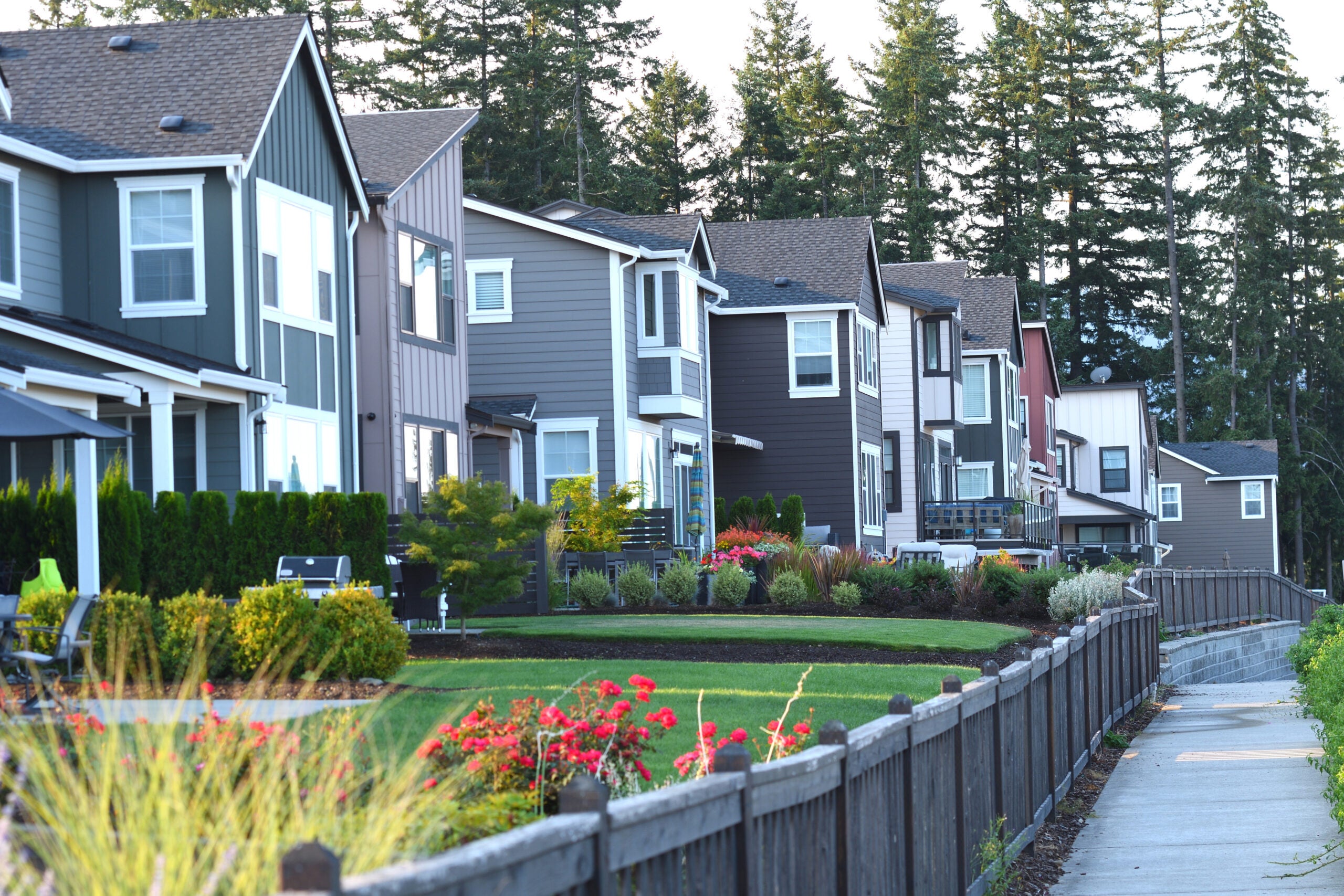Primary Housing Research Guides the Northwest’s Energy Future

Better data fuels better decision-making across every aspect of energy resource forecasting and planning. The region relies upon timely information about the Northwest’s building stock and energy-use trends to identify efficiency opportunities and inform the delivery of these efficiency programs. This data also provides crucial insights that are used by the region’s utilities and stakeholders to inform forecasting and planning assumptions.
To support the need for up-to-date data at this scale, NEEA pools the region’s resources to conduct the Residential Building Stock Assessment (RBSA), a long-term, intensive study that collects data and insights on the Northwest’s building stock on a recurring five-year basis. As a regional alliance representing stakeholders in Idaho, Montana, Oregon and Washington, NEEA is well poised to undertake a data collection effort of this magnitude. The data collected from the RBSA provides Northwest utilities with unparalleled insights into regional trends, including changes in the types of appliances people have in their homes, and the ways in which consumers use energy.
The RBSA is a vital primary data source that the Bonneville Power Administration (BPA) relies on to understand energy use of Northwest homes and how it is changing over time. We need this data to measure energy efficiency savings, to produce more accurate load forecasts, and to update key assumptions. Without the RBSA, our ability to offer effective and transformative energy efficiency programs would be severely hindered.
Bonnie Watson
Energy Efficiency Planning & Evaluation Supervisor, Bonneville Power Administration
An Intensive Study with Extensive Value
NEEA’s latest RBSA study kicked off in 2021 amidst a global pandemic. Despite the challenges of COVID-19, including recruitment setbacks and the need for enhanced safety protocols, the RBSA team successfully collected data on more than 100 building characteristics across more than 2,000 single-family and multifamily residences in Idaho, Montana, Oregon and Washington. The data gathered through the RBSA provides stakeholders with a representative characterization of the region’s existing residential building stock and energy use trends. Insights from the study will be used to uncover, measure, track and plan for new opportunities in NEEA’s Market Transformation portfolio and across utility energy efficiency programs.
Important RBSA findings include an increase in regional use of air conditioning since the last RBSA was conducted in 2017. The presence of air conditioning in single-family homes across the region has increased from 57 to 66 percent over the past five years. This trend coincides with increasing summer loads and points to potential opportunities for demand response and energy efficiency programs. For the first time, the study also looked at the location of water heaters within the home, including basements, laundry rooms, garages, or other non-traditional locations. In Montana, only 5% of water heaters were found in garages compared to 28% in Idaho and 36% and 34% in Oregon and Washington, respectively. Understanding where water heaters are located allows utilities to leverage this data to develop programs that match their customer needs and helps NEEA target intervention strategies that address barriers, including challenging installation locations.
The multifaceted value of the RBSA data extends far beyond the boundaries of the Northwest. As the four states of the region collectively serve as a geographic and demographic microcosm of the country, this data offers valuable, representative information that will guide energy resource planning and decision-making both inside and outside the region, for many years into the future.